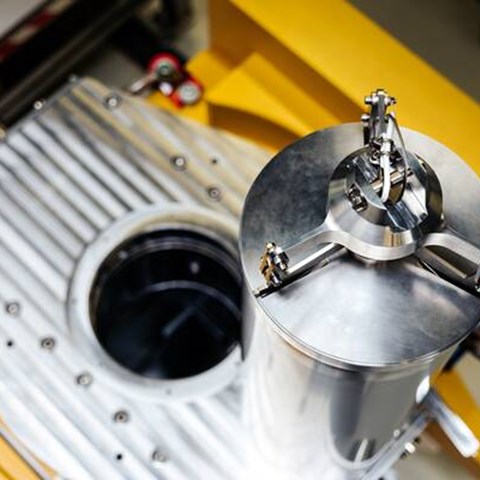Fact or Fiction?
You cannot see, hear, feel or smell it: radioactivity. Our senses simply cannot perceive it. This makes nuclear energy something mysterious. Fertile ground for all kinds of myth making. Now that nuclear energy is once again a current topic of interest, NRG wants to separate the facts from the fables.
#1 Fiction:
Radioactivity and radiation are ALWAYS dangerous
Chernobyl and Fukushima are etched in our collective memories. And we associate the elements uranium and plutonium with nuclear weapons.
Those two nuclear disasters should never have happened. We also know that both accidents could have been prevented by safer human actions and better designed installations. The international nuclear industry learns from these events, which means that nuclear energy keeps getting safer.
The uranium and plutonium used for nuclear power stations are not suitable for nuclear weapons. Moreover, processing these two materials requires large and complex industrial plants. This is cumbersome and very noticeable. Furthermore, international surveillance is very well regulated.
And what about exposure to radiation? Many people do not really understand that either. In the diagram below, you can see the level of radiation that you are exposed to when performing various activities.
Want to find out more?
Please contact:

Cora Blankendaal
Press officer
More about

#2 part Fact part Fiction
Radioactivity is dangerous and there is no good solution for it.
Radioactive waste created by nuclear installations is sometimes viewed as a gigantic problem. As if it were uncontrollable and hazardous for thousands of years. But is it really such a gigantic problem?
The fact that radioactive waste is hazardous is not disputed. However, we should remember that there is not very much of it. The waste created by a nuclear installation like Borssele over its entire technical life span would fit in a few shipping containers.
Most of this highly radioactive waste dissipates within a hundred years. After that, it is no longer hazardous. A small portion remains radioactive for thousands of years and must therefore be kept out of the environment. People are technically capable of achieving this. It is a question of acceptance. How long can we accept unchecked emissions of CO2 into our air?
#3 Fiction
The investment in a new nuclear power plant never outweighs the costs; the construction and maintenance is too expensive, before it is operational there are already better alternatives available
Radioactive waste created by nuclear installations is sometimes viewed as a gigantic problem. As if it were uncontrollable and hazardous for thousands of years. But is it really such a gigantic problem?
The fact that radioactive waste is hazardous is not disputed. However, we should remember that there is not very much of it. The waste created by a nuclear installation like Borssele over its entire technical life span would fit in a few shipping containers.
Most of this highly radioactive waste dissipates within a hundred years. After that, it is no longer hazardous. A small portion remains radioactive for thousands of years and must therefore be kept out of the environment. People are technically capable of achieving this. It is a question of acceptance. How long can we accept unchecked emissions of CO2 into our air?


#4 Fact
Without nuclear energy, it is almost impossible to make the Netherlands climate neutral by 2050
Radioactive waste created by nuclear installations is sometimes viewed as a gigantic problem. As if it were uncontrollable and hazardous for thousands of years. But is it really such a gigantic problem?
The fact that radioactive waste is hazardous is not disputed. However, we should remember that there is not very much of it. The waste created by a nuclear installation like Borssele over its entire technical life span would fit in a few shipping containers.
Most of this highly radioactive waste dissipates within a hundred years. After that, it is no longer hazardous. A small portion remains radioactive for thousands of years and must therefore be kept out of the environment. People are technically capable of achieving this. It is a question of acceptance. How long can we accept unchecked emissions of CO2 into our air?
Climate change and medicine need nuclear technology. So, nuclear research is indispensable to our impact on climate targets and healthcare.
